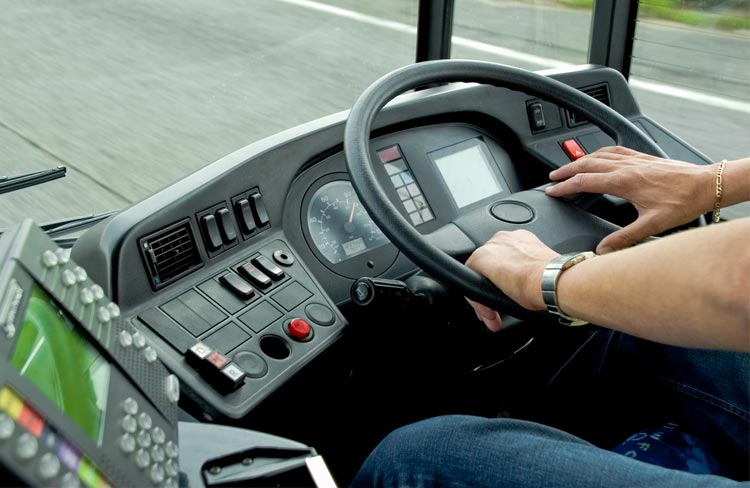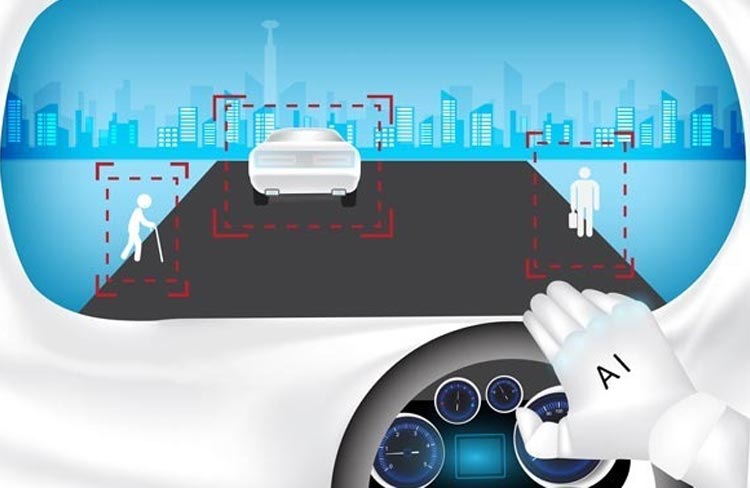Advanced Driver Assistance Systems
Post EnquiryHow the advanced driving assistance systems are preventing road accidents:
Advanced driver assistance systems ensure driving and safety measures are automated to an experience that is highly responsive and accurate. The Advanced Driver Assistance Systems (ADAS) include the state-of-the-art yet cost-effective technology that can be embedded in the vehicle for exterior object detection and classification.
The algorithms in these systems are powerfully developed to classify a vehicle from pedestrian, trees and other physical objects very smartly and accurately.
The lane departure intimations, collision systems, and pre-set distance warning are an integral part of the ADAS.
Avoiding impending collisions in road accidents:
The advanced driver assistance systems are intelligent systems that aid drivers with some additional controls to cruise safely on the city or remote roads. The systems are designed to prompt the driver with any possible physical object coming near the vehicle, thus raising alarms. The system comes with different controls and can help curb many reckless accidents.
Advanced Driver Assistance Systems Advantages:
When it comes to safety, Advanced Driver Assistance Systems (ADAS) is one of the most important features a car can have. ADAS systems are designed to help drivers stay safe on the road by providing real-time feedback and assistance. In India, there are many different types of ADAS systems available, each with its own set of benefits.
Advanced Driver Assistance Systems can help to:
- Prevent accidents by alerting drivers to potential hazards on the road
- Reduce the severity of accidents that do occur
- Help drivers avoid traffic violations
- Improve fuel efficiency by helping drivers maintain a safe speed and distance from other vehicles
- Increase driver comfort and satisfaction by reducing the need for manual input
ADAS systems are becoming increasingly common in India, as more and more car manufacturers are offering them as standard or optional features. Advanced Driver Assistance Systems can help to make Indian roads safer for everyone, so we encourage all drivers to take advantage of these life-saving technologies!
The different features of a driving assistance system are:
- Lane departure warning system
The Lane Departure Warning System alerts the driver if the vehicle is drifting from one lane to the other. The ADAS system sends application alerts within a pre-set and safe distance before a vehicle might or could trail into the other lane. These systems are sensitive and built smartly considering the lane markings that appear in different colours. Lane departure warnings are given through voice, vibration, or sound warnings.The system makes use of a scanning device mounted in the front of the vehicle, making use of warning systems like a laser, camera, and radar. The system detects the vehicle at safe distance and when the safe distance is crossed warns the driver. - Front collision warning
The Front Collision Warning System alerts the driver in the critical scenario of a frontal collision, thereby averting impending accidents. The frontal collisions are averted by different alerts like tactile, sound or visuals. Some systems also provide mild braking that would considerably control the speed of the vehicle and make the collision less impactful in case the driver is unresponsive to the alerts. - Forward Proximity Warning
The most kind of accidents happens on the rear side, where the driver is either distracted or speed driving. The forward proximity warning works on the same concept and technology as the front collision warning. The camera, radar or lasers automatically detect the vehicle in the front and gauge a safe distance between the two vehicles and the speed of the vehicle. - Pedestrian Collision Warning
The pedestrian is at utmost risk and vulnerable walking on the road or the sidewalks. They are essentially in their safety zones and yet caught off-guard by someone is reckless driving. The system warns the driver when the pedestrian is in a collision zone and at a critical distance of the moving vehicle.


